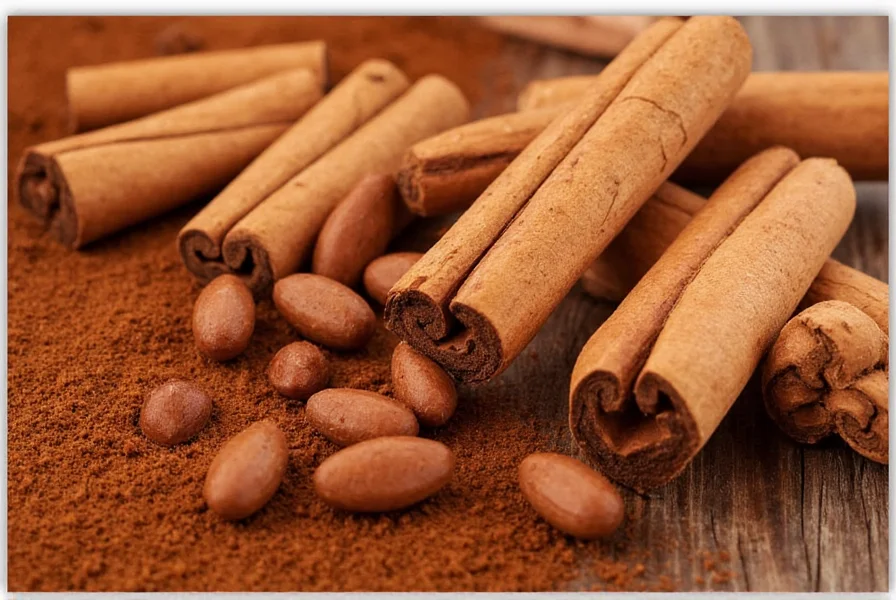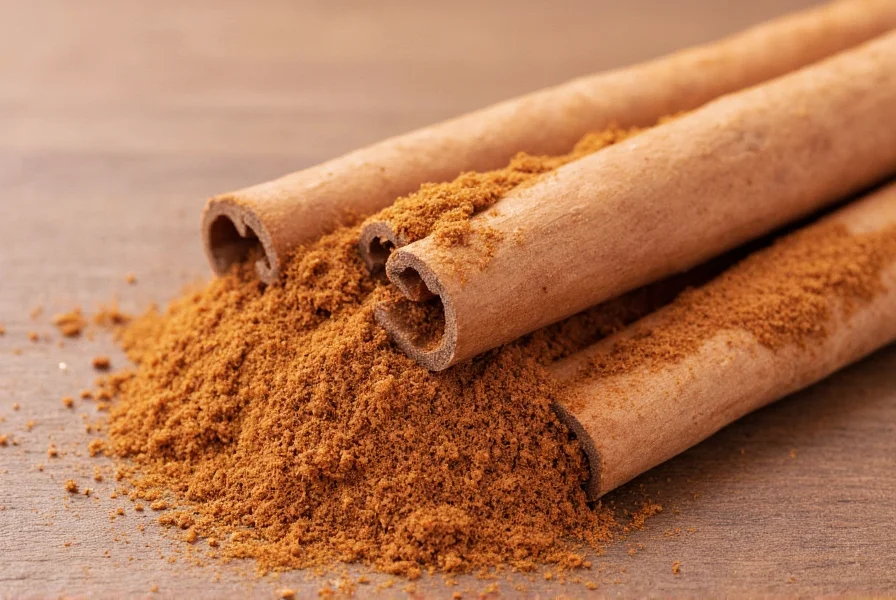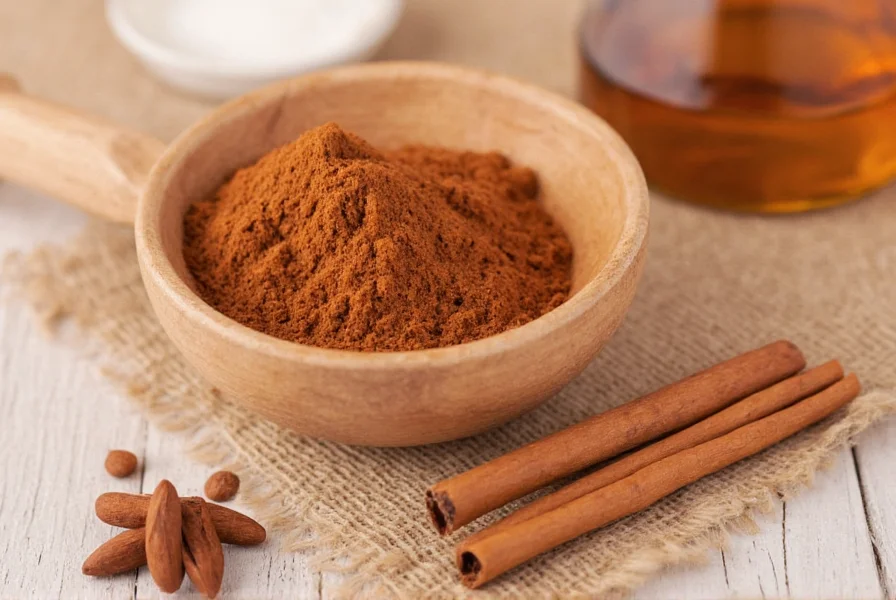Cinnamon remains a popular spice celebrated for its warm flavor and potential health benefits, but understanding its actual vitamin composition prevents common nutritional misconceptions. This comprehensive analysis examines cinnamon's vitamin profile based on USDA nutritional data and scientific research, separating fact from popular wellness claims.
Understanding Cinnamon's Nutritional Profile
When evaluating cinnamon nutritional facts per teaspoon, it's essential to distinguish between vitamins and minerals. Cinnamon's most significant vitamin contribution is vitamin K, while its manganese content—technically a mineral—is often mistakenly referred to as a vitamin in casual wellness discussions.
A single teaspoon (approximately 2.6 grams) of ground cinnamon contains:
| Nutrient | Amount per Teaspoon | % Daily Value |
|---|---|---|
| Vitamin K | 8.1 mcg | 7% |
| Manganese | 0.5 mg | 22% |
| Calcium | 26 mg | 2% |
| Iron | 0.4 mg | 2% |
Vitamin K in Cinnamon: Benefits and Limitations
The vitamin content in cinnamon spice primarily consists of vitamin K, which plays a crucial role in blood coagulation and bone metabolism. While the 8.1 mcg per teaspoon provides about 7% of the recommended daily intake, this benefit comes with important considerations:
- Cinnamon's vitamin K works synergistically with other compounds that may affect blood sugar regulation
- Individuals taking blood-thinning medications should monitor cinnamon consumption due to vitamin K's coagulation effects
- The concentration varies between Ceylon ("true" cinnamon) and Cassia varieties, with Cassia containing higher levels
Research published in the Journal of Agricultural and Food Chemistry confirms that while cinnamon contains bioactive compounds with potential health benefits, its cinnamon vitamin K benefits for blood health should be understood within the context of overall dietary patterns rather than as a primary vitamin source.

Cinnamon vs Other Spices for Vitamin Content
When comparing cinnamon vs other spices for vitamins, it ranks moderately for vitamin K but doesn't surpass many common herbs and spices:
- Thyme: Contains significantly more vitamin K (over 30 mcg per teaspoon)
- Basil: Provides approximately 14 mcg of vitamin K per teaspoon
- Oregano: Offers about 10 mcg of vitamin K per teaspoon
- Cinnamon: Provides 8.1 mcg of vitamin K per teaspoon
This comparison highlights why is cinnamon a good source of vitamins requires context—while it contributes to vitamin K intake, it shouldn't be considered a primary source compared to leafy greens or certain herbs.
Practical Considerations for Vitamin Intake
Understanding how much cinnamon for vitamin K reveals important practical limitations. To obtain 100% of the daily recommended vitamin K intake (about 120 mcg for adults) solely from cinnamon, you would need to consume approximately 15 teaspoons daily—an amount that exceeds safe consumption limits due to coumarin content in Cassia cinnamon.
Coumarin, a natural compound found particularly in Cassia cinnamon, can cause liver toxicity in high doses. The European Food Safety Authority recommends limiting daily coumarin intake to 0.1 mg per kilogram of body weight. This safety consideration further limits cinnamon's viability as a significant vitamin source.

Incorporating Cinnamon into a Balanced Diet
The most effective approach to health benefits of cinnamon vitamins involves using this spice as part of a diverse, nutrient-rich diet rather than relying on it for specific vitamin intake. Consider these evidence-based recommendations:
- Use 1/2 to 1 teaspoon of Ceylon cinnamon daily in oatmeal, smoothies, or tea
- Pair cinnamon with vitamin K-rich foods like leafy greens for synergistic effects
- Choose Ceylon cinnamon over Cassia when consuming larger quantities due to lower coumarin levels
- Understand that cinnamon supplement vitamin profile varies significantly between products and often lacks the full spectrum of compounds found in whole cinnamon
Nutrition researchers emphasize that the cinnamon vitamin K benefits for blood and other potential health effects work best within the context of the whole food matrix rather than isolated compounds. The complex interaction of cinnamon's polyphenols, fiber, and trace nutrients creates effects that cannot be replicated by vitamin supplements alone.
Conclusion: Realistic Expectations for Cinnamon Consumption
While cinnamon contains valuable nutrients including vitamin K, realistic expectations about its natural sources of vitamin K in spices are essential. This spice contributes to overall dietary diversity and offers complementary health benefits, but it should not replace conventional vitamin sources or supplements when specific deficiencies exist.
The most scientifically supported approach recognizes cinnamon as a flavorful component of a balanced diet rather than a significant vitamin source. By understanding the actual cinnamon nutritional facts per teaspoon, consumers can make informed decisions that align with evidence-based nutrition principles.











 浙公网安备
33010002000092号
浙公网安备
33010002000092号 浙B2-20120091-4
浙B2-20120091-4